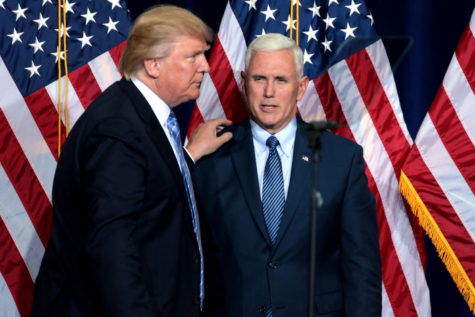The Midterm Elections: A “Referendum” on President Trump and the Emergence of a Divided Government
An outline and analysis of the results of the United States midterm elections that were held on Nov. 6, 2018 and saw a relatively huge voter turnout.
The nation’s midterm elections were held on Nov. 6 after months of fierce campaigning from both sides. Prior to the actual vote, many characterized the midterms as a check on Pres. Donald Trump and, to a lesser extent, the Republican-held Congress. Democrats, who lost the presidency in 2016 and have since held no branch of government under their control, set their sights on the House of Representatives early in the election cycle. Having gained control of the presidency and held onto majorities in the House and Senate in 2016, Republicans sought to minimize damages in the House of Representatives and cement their majority in the Senate. And with voter turnout coming in at roughly 49%, a midterm turnout rate that is the highest it has been since 1914, Americans were more engaged with this midterm election than any in recent history.
For the first time since 2010, the Democratic Party is poised to control the House of Representatives. With a race still uncalled, Democrats have gained 41 seats in the House, giving them 16 more than is needed for control of the chamber. This gives the Democrats 234 seats compared to the 200 seats held by the Republicans.
In the Senate, Republicans were able to hold on to their majority even as the House flipped. In the 116th Congress, Republicans will control of 53 seats, whereas Democrats will have 47 seats when counting the two Independent senators who caucus with them. The Senate map was noticeably difficult for Democrats, given that they had to defend ten incumbents in states that were won by Pres. Trump two years prior. In comparison, Republicans only had to defend one seat where Hillary Clinton won. Republicans gained seats in four states, knocking off Senators Joe Donnelly (D-IN), Claire McCaskill (D-MO), Heidi Heitkamp (D-ND), and Bill Nelson (D-FL). Meanwhile, Democrats gained seats in two states, replacing Sen. Dean Heller (R-NV) and filling the seat of outgoing Sen. Jeff Flake (R-AZ).

Under Pres. Barack Obama’s eight years in office, Democrats famously lost a total of 968 seats at the state legislature level. Now, two years into the Trump presidency, Democrats have increased their number of seats in the state legislatures by at least 233. Democrats have secured a net gain of seven governorships, giving the party executive control over 23 states. With four more Democratic attorneys general taking office in January, the Democrats now hold 26 attorney general positions across the country. In terms of state trifectas, in which the governor’s mansion, the state senate, and the state house are all controlled by the same party, Democrats increased their number from 8 to 14 as Republicans went from 26 to 22. Republicans still maintain control over the majority of governorships and state legislative seats.






